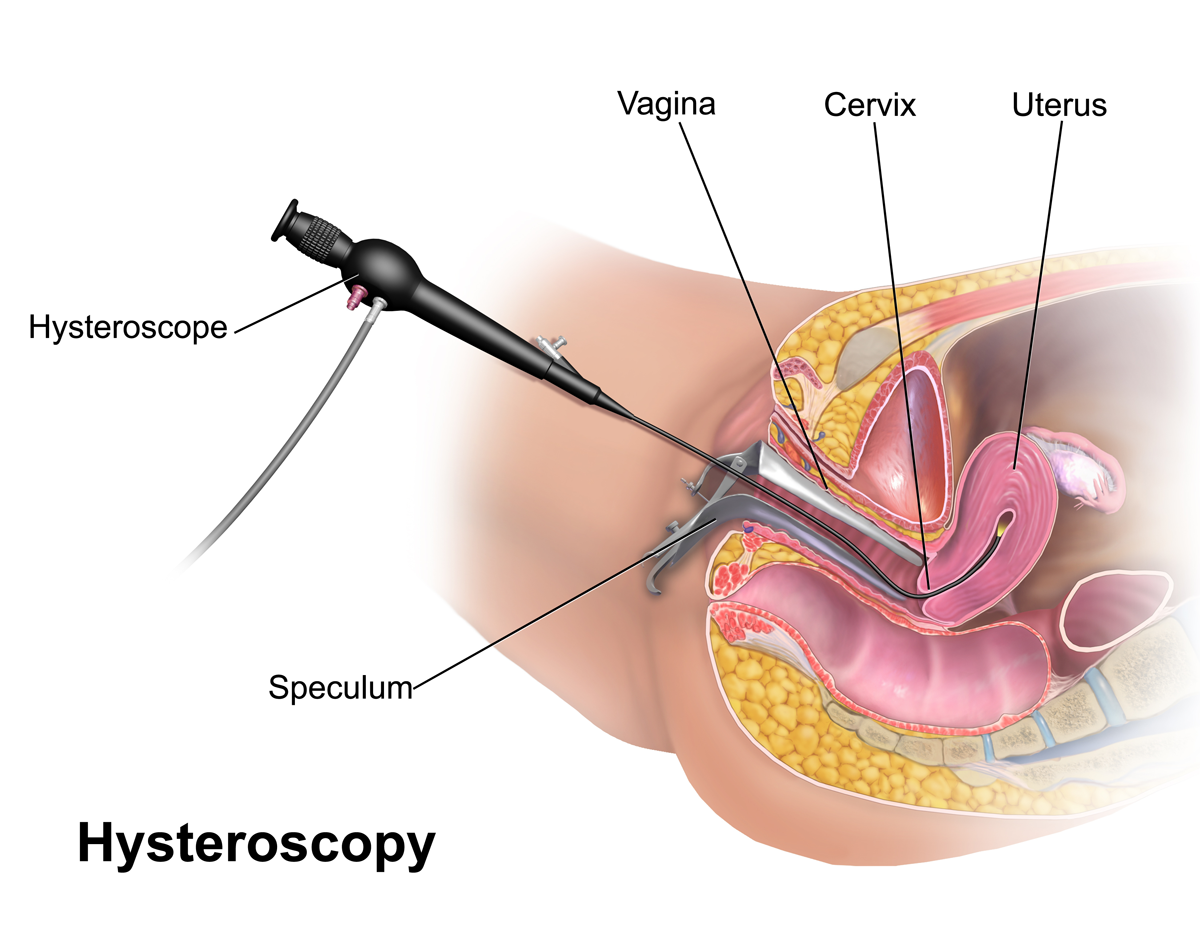A Best hysterectomy is a surgical procedure that involves the removal of the uterus, and in some cases, it may also involve the removal of other reproductive organs like the cervix, ovaries, and fallopian tubes. This procedure is one of the most common surgical treatments for various gynecological conditions.Visit Our Clinic Or more info contact us!
Uterine Fibroids: Large or symptomatic uterine fibroids that cause pain, heavy bleeding, or pressure on nearby organs.
Endometriosis: Severe endometriosis that doesn’t respond to other treatments and causes chronic pain or infertility.
Uterine Prolapse: When the uterus drops into the vaginal canal due to weakened pelvic floor muscles.
Cervical, Ovarian, or Uterine Cancer: In some cases, a Best hysterectomy may be part of cancer treatment.
Abnormal Uterine Bleeding: When other treatments haven’t been successful in managing heavy or irregular menstrual bleeding.

different types of hysterectomy procedures
Total Hysterectomy: In a total Best hysterectomy, both the uterus and the cervix are remove. This procedure is often performe when there are conditions affecting the uterus itself, such as uterine fibroids, abnormal uterine bleeding, or uterine prolapse.
Partial Hysterectomy (Subtotal or Supracervical Hysterectomy): In a partial, only the upper part of the uterus is remove, while the cervix is left intact. This procedure is less common than a total Best hysterectomy and may be chosen in some cases to preserve the cervix or due to surgical considerations.
Total Hysterectomy with Bilateral Salpingo-Oophorectomy: In this procedure, both the uterus and the cervix are remove along with both ovaries and fallopian tubes. It is often performe when there are concerns about ovarian cancer, ovarian cysts, or to manage certain gynecological conditions, especially in postmenopausal women.
symptoms or indicators that prompt them to seek
Difficulty Conceiving: The primary symptom is the inability to achieve pregnancy after regular, unprotect intercourse for at least a year.
Irregular Menstrual Cycles: Women with irregular or absent menstrual periods may have ovulation problems that can lead to infertility.
Pain or Discomfort: Some individuals may experience pelvic pain, particularly during menstruation. which could be associat with conditions like endometriosis or uterine fibroids, potentially impacting fertility.
Hormonal Imbalances: Irregularities in hormone levels can disrupt the menstrual cycle and affect fertility. Symptoms may include excessive facial hair growth, acne, or changes in libido.
Male Symptoms: Men may experience symptoms such as erectile dysfunction, and ejaculation issues. thus, testicular pain that could be relate to infertility.
Types of Hysterectomy
- Total Hysterectomy: Removal of the entire uterus, including the cervix.
- Partial (or Supracervical) Hysterectomy: Removal of the upper part of the uterus, leaving the cervix intact.
- Radical Hysterectomy: Removal of the uterus, cervix, the upper part of the vagina, and supporting tissues. This is typically done for cancer treatment.
- Total Hysterectomy with Bilateral Salpingo-Oophorectomy: In addition to removing the uterus and cervix, this procedure includes the removal of both ovaries and fallopian tubes.
treatments that infertility specialists
Indications for Hysterectomy:
- Uterine Fibroids: Large, symptomatic uterine fibroids that cause pain, heavy bleeding, or other complications.
- Endometriosis: Severe endometriosis that does not respond to other treatments.
- Uterine Prolapse: When the uterus has descend into the vaginal canal.
- Abnormal Uterine Bleeding: Heavy or prolonge menstrual bleeding that does not respond to other treatments.
- Uterine Cancer: In cases of uterine cancer or precancerous conditions.
- Chronic Pelvic Pain: When other treatments have fail to alleviate chronic pelvic pain.
- Adenomyosis: A condition where the tissue lining the uterus grows into the muscular wall of the uterus, causing pain and heavy bleeding.
- Pelvic Inflammatory Disease (PID): Severe cases of PID that damage the uterus.
- Cervical Dysplasia: Severe cervical dysplasia or cervical cancer.
Surgical Approaches:
- Abdominal Hysterectomy: The uterus is remove through an incision in the abdominal wall, which can be either vertical (up and down) or horizontal (bikini-line incision).
- Vaginal Hysterectomy: The uterus is remove through the vaginal canal. This approach typically results in a shorter recovery time and fewer complications compare to abdominal surgery.
- Laparoscopic-Assist Hysterectomy: Also known as laparoscopic hysterectomy, this procedure is minimally invasive and involves the use of small incisions and a laparoscope (a thin tube with a camera) to assist in the removal of the uterus. This approach often results in shorter hospital stays and quicker recoveries.
Postoperative Care: After a hysterectomy, patients will need to follow postoperative care instructions provide by their surgeon. Recovery times can vary depending on the type of hysterectomy and surgical approach. Most women can resume their normal activities within a few weeks, but strenuous activities and heavy lifting should be avoid during the initial recovery period.
Enquire Now
